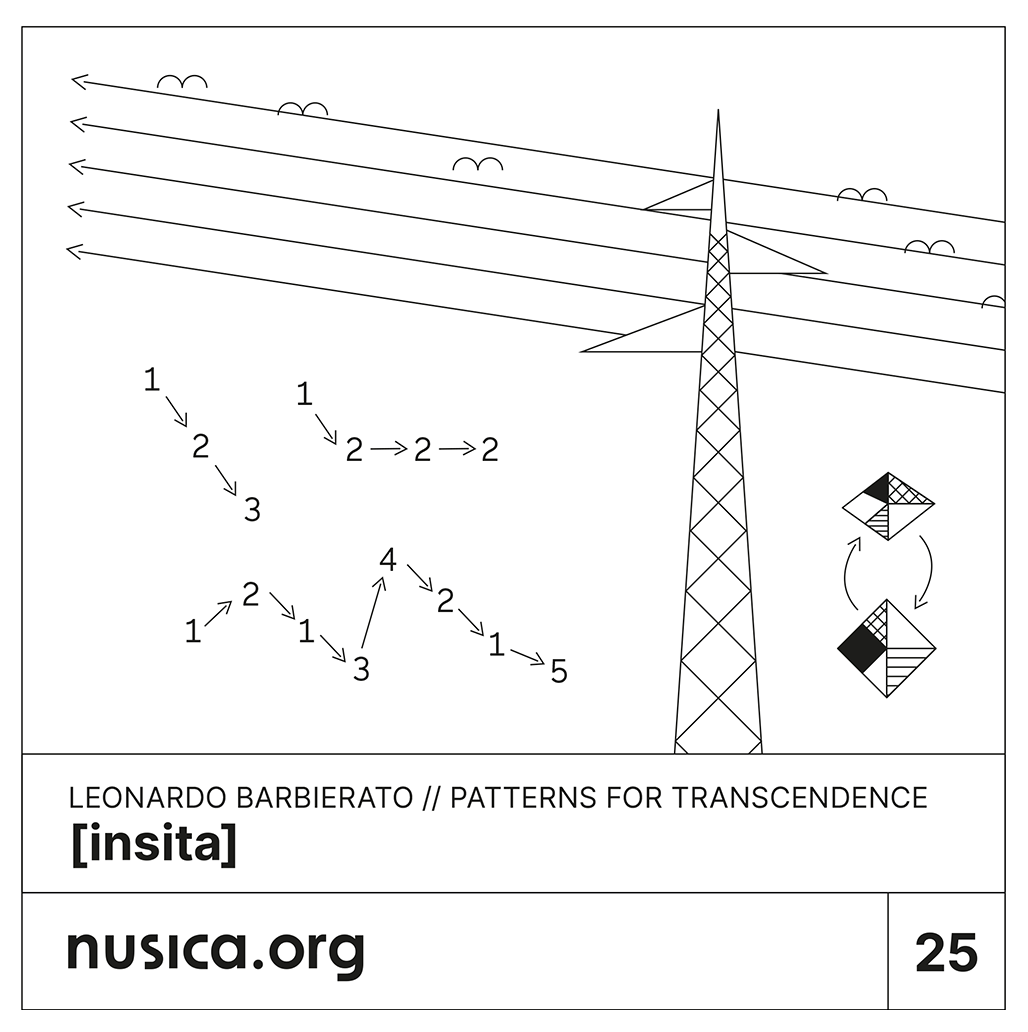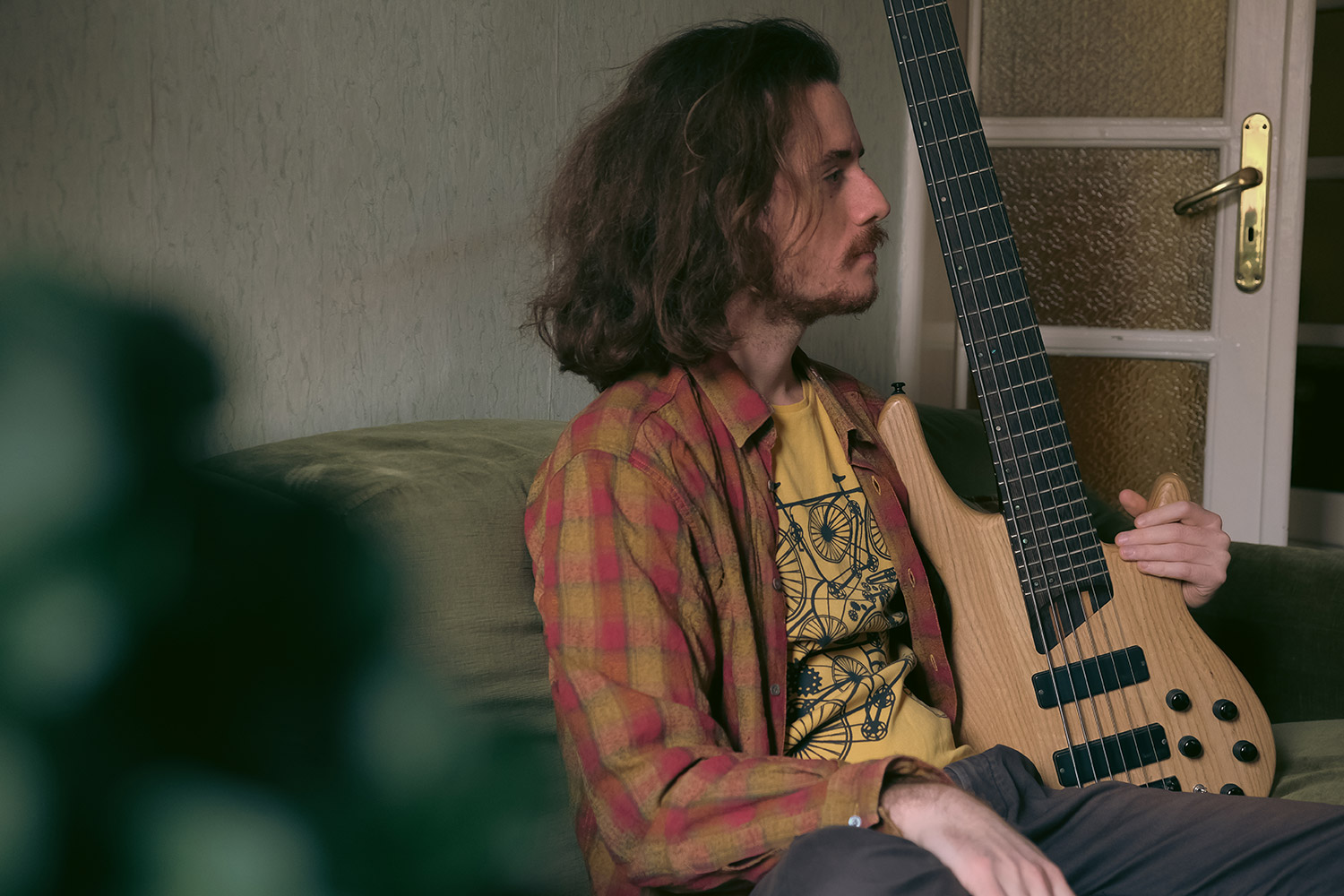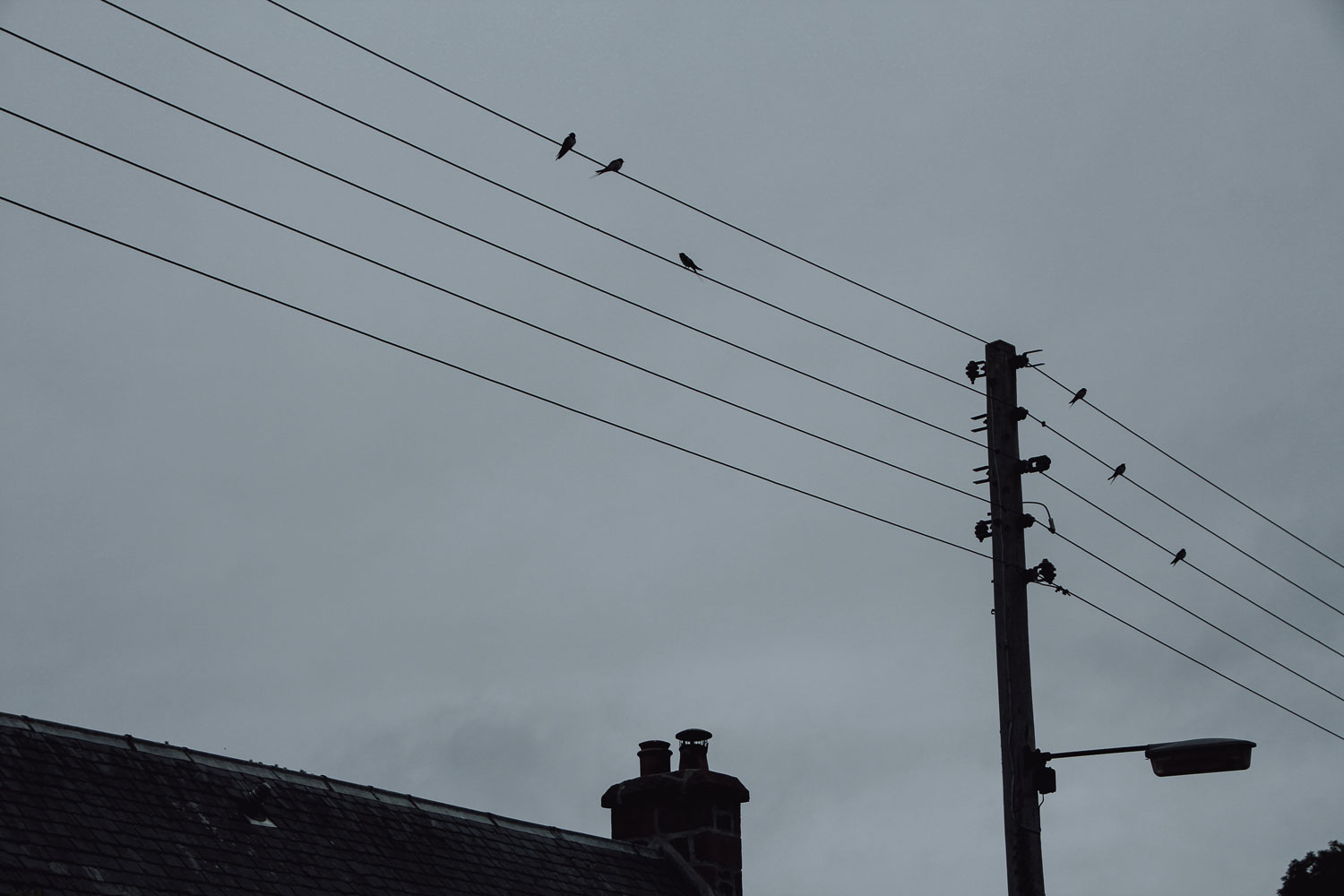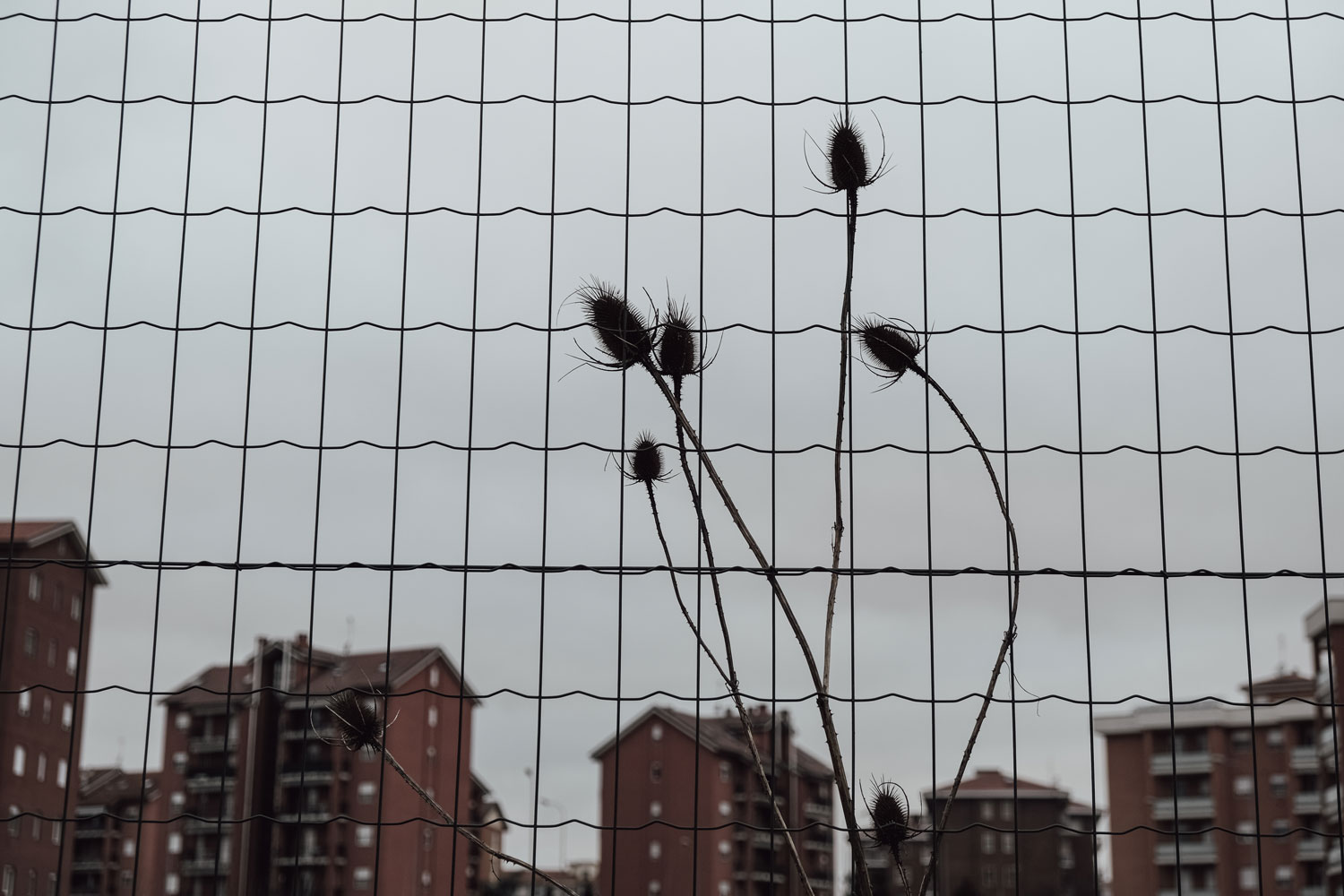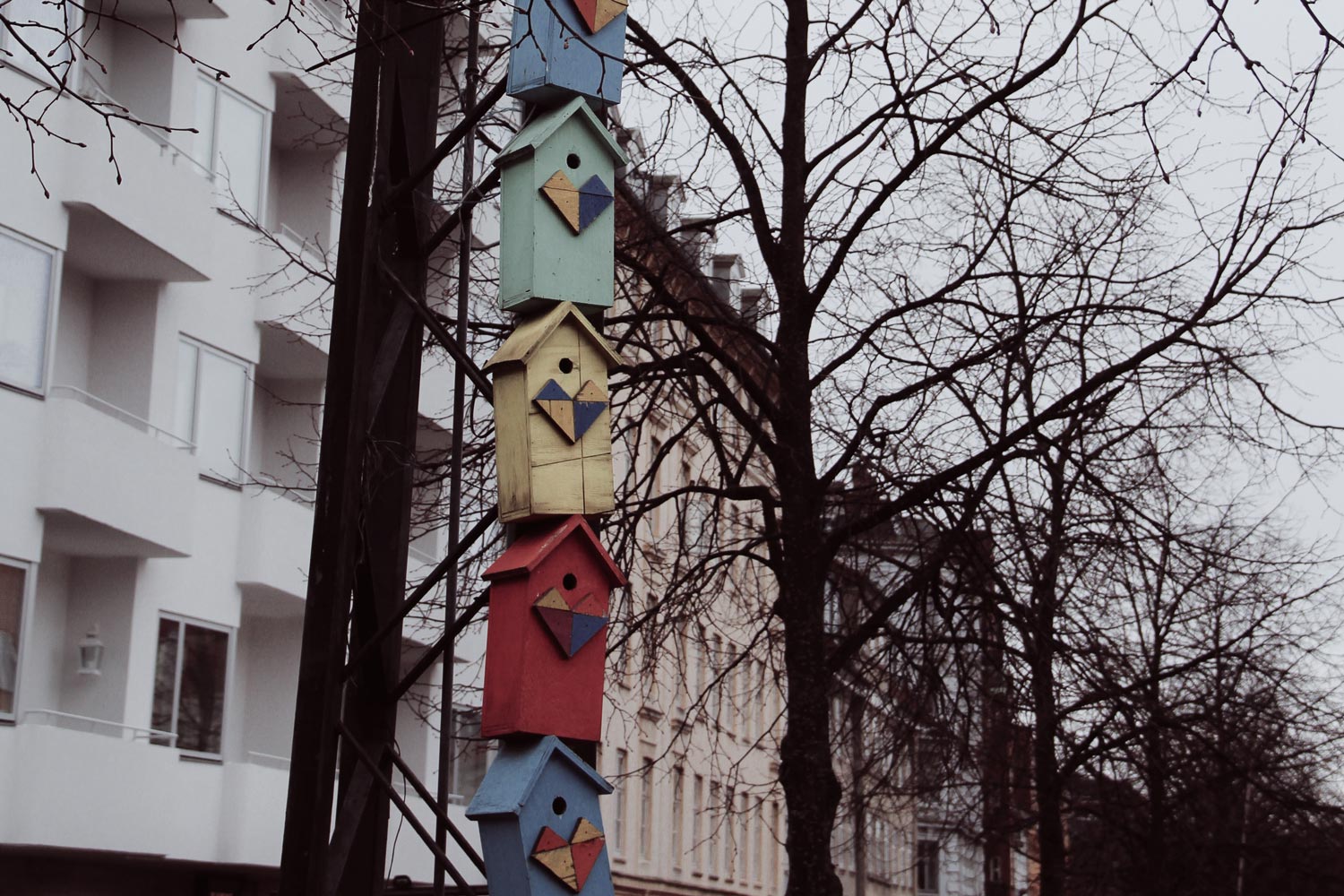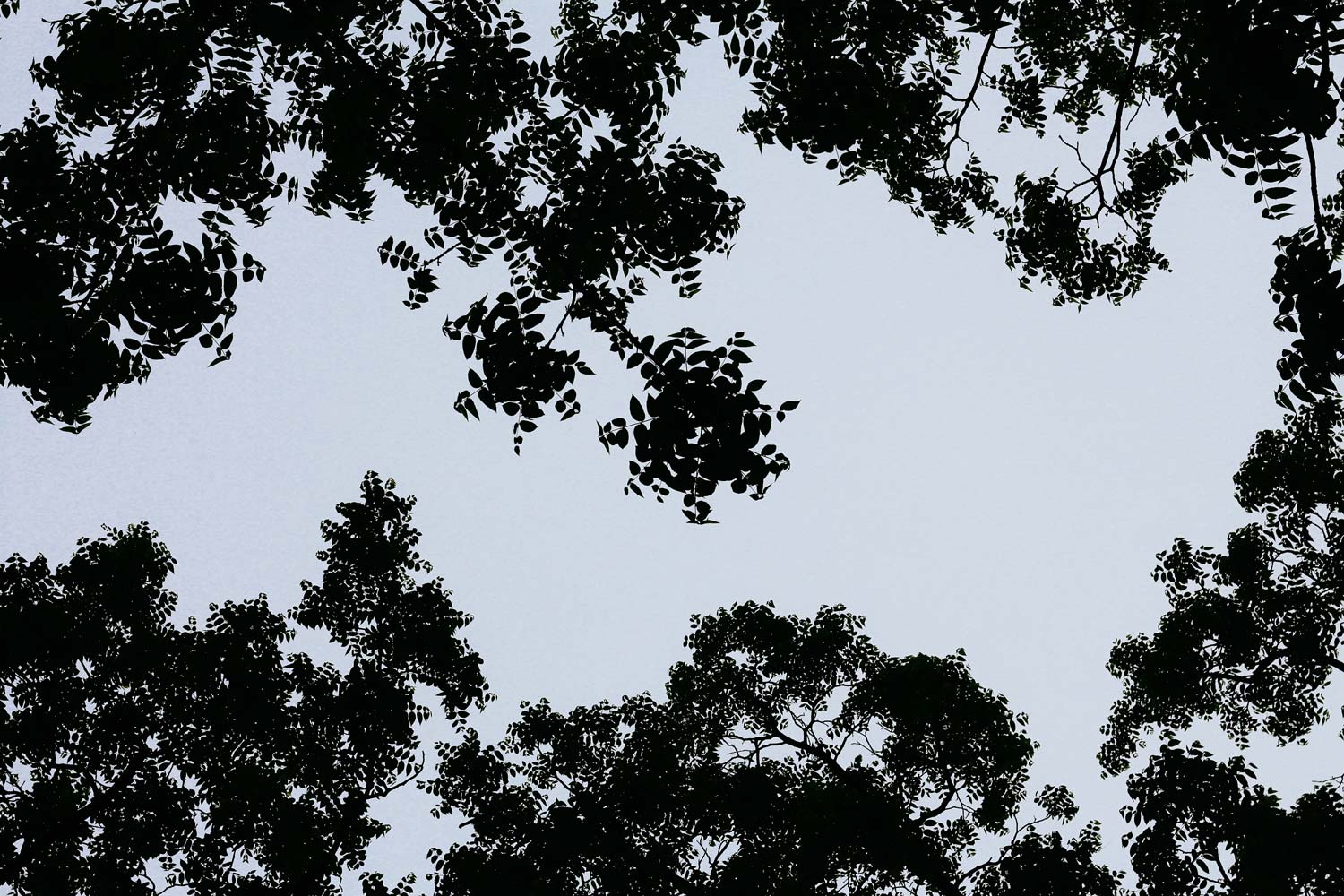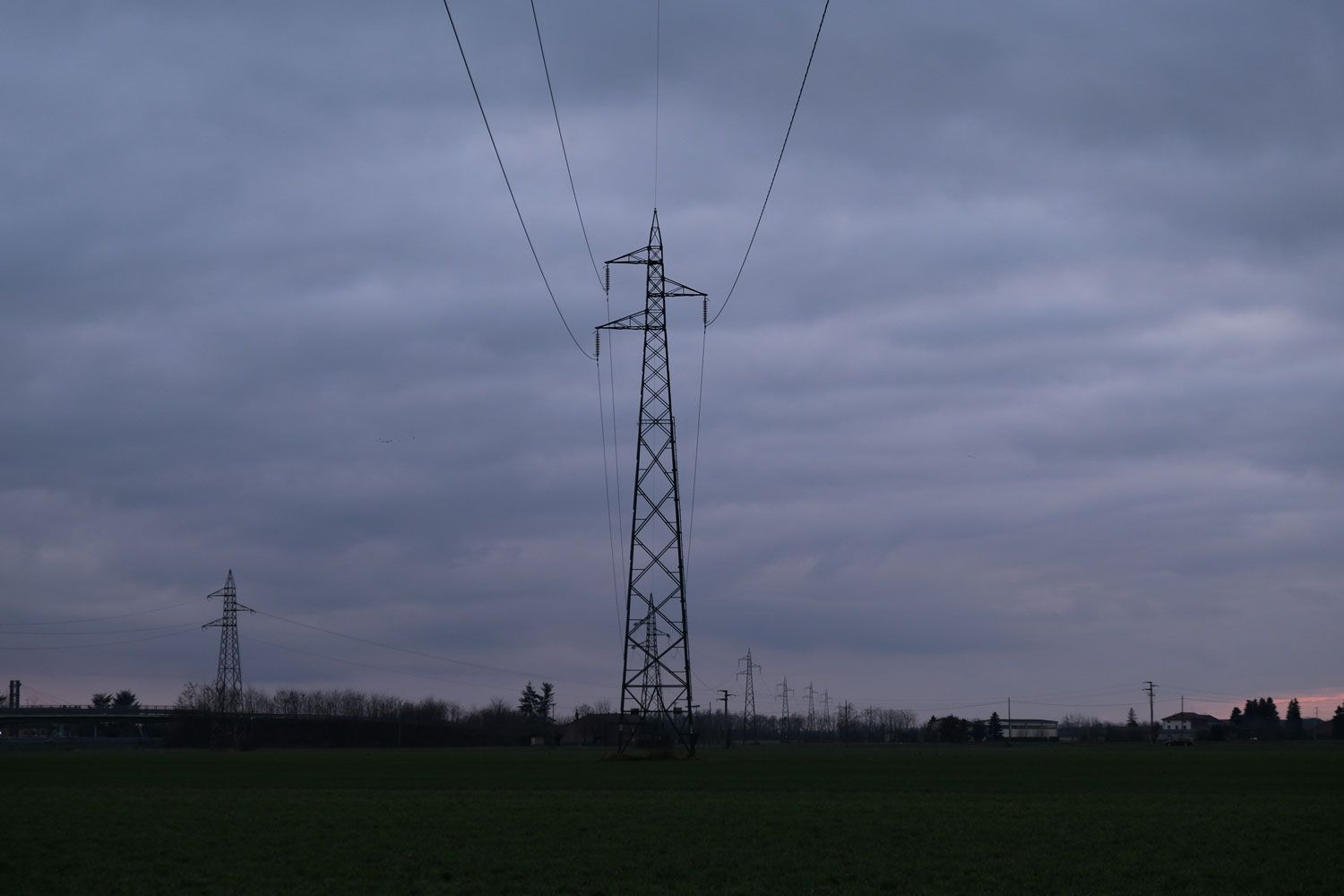25 – [insita]
25 [insita]
Leonardo Barbierato / Patterns for Transcendence
An album that combines photography and music, meant to be both listened to and viewed, admired, and immersed in: sounds and images encapsulate sonic landscapes, urban and natural geographies, to narrate new relationships between improvisation, environment, and ecology.
The new work by Barbierato will be released on September 18, 2023, through nusica.org
The project is preceded by the release of its first single, available on all platforms starting September 8: “selfsimilarity.”
For Leonardo Barbierato, a bassist, improviser, and soundscaper, the Patterns for Transcendence quartet project is a means to explore the artistic interplay between improvisation and the environmental/cultural context. And the album [insita], set to be released on September 18, 2023, under the label nusica.org, represents the initial piece of this research: an audio-visual project in which eight photographs, containing urban and natural elements, serve as the starting point from which Barbierato has extracted the score. He transformed images, patterns, and abstractions into suggestions for equally numerous musical compositions, using a blend of synthetic-electronic and acoustic sounds.
The images, stemming from various locations (and non-locations) in different contexts and latitudes, focus on details that make it challenging to trace the geographical area. These images give rise to eight original compositions, ranging from free improvisation to electronic music, from minimalism to jazz.
Barbierato’s natural inclination for artistic exploration led him to delve into various unconventional musical styles. This journey even led to his selection for doctoral courses at the Santa Cecilia Conservatory in Rome, in collaboration with RomaTre. He found in Patterns for Transcendence the perfect opportunity to experiment with new avant-garde horizons, joined by Gianpiero Malfatto on trombone and flute, Lorenzo Morra on piano and synth, and Riccardo Marchese on drums.
- Gianpiero Malfatto | trombone, flute
- Lorenzo Morra | piano, synth
- Riccardo Marchese| drums
- Leonardo Barbierato | bass
- Recorded, Mixed, and Mastered at Morra’s Studio by Lorenzo Morra
|01| E(OI)NCRYPTED. Power pylons and current cables form a stylized musical staff, as if aiming to convey an encrypted message that only an observant observer can capture. However, the nature of the message is open to multiple interpretations, and one is never sure if they’ve read it correctly. But isn’t this a characteristic of all messages? The distance between sender and recipient, intention and perception, is at the core of this piece, which, not coincidentally, serves as the album’s opening track. A warning to you, the listener, to reposition what you perceive from listening to and reading this project within your life experience. But it’s also a warning to me, the musician, to relinquish total control of the work, to dissolve into it. Perhaps this is the meaning of this piece, which permeates much of the album. Or maybe not.
|02| SUBURBS. An ecotone is the meeting place between two different ecosystems, a transitional space between them, a zone of exchange. Suburban areas, the marginal zones of cities, have always held a certain fascination for me. They are ecotones that develop from the convergence of a techno-urban ecosystem and the countryside. The photograph, taken on the outskirts of the city of Alessandria, prominently features a plant growing on a network that encloses an area filled with residential buildings. From the visual symmetry emerging from the encounter of these two elements from different ecosystems, a piano pattern arises that remains constant throughout the track, serving as the backbone upon which the entire composition rests.
|03| SUPREMATISM. When a doctor chooses a therapy that merely alleviates the symptoms of an illness, it’s never a good sign. So why do most initiatives aimed at “healing” us from the environmental crisis focus on effects rather than causes? Are we adopting an “ecological pain relief therapy” because we’re more willing to accept environmental catastrophes than change our way of thinking and living? The artificial nests featured in this shot exemplify what I’m writing about. The lack of natural contexts has led many cities to employ artificial nests with great success. However, the underlying problem persists: urban expansion and deforestation continue. Will building more artificial nests be enough, then? The colorful patterns on the birdhouses reminded me of the elements in the abstract paintings of Malevich and other Russian Suprematist painters. The color permutations in the photograph are translated into the musical realm on various levels: harmonic (progressions in certain sections are based on a few chords that change order), thematic, and structural. “suprematism” is a piece about permutations and changing perspectives, rooted in the same basic elements.
|04| LINES. “Who knows where the ducks go in the winter when the pond is all frozen over and ice?” This phrase from Salinger’s “The Catcher in the Rye” came to mind when I saw this image in Central Park. I was born and raised in the countryside, so moving to cities where I’ve lived and am living has been a necessary yet partially traumatic transition. The absence of greenery and the urban sonic landscape, so drastically different from what I was used to, was disconcerting. I quickly found solace in city parks, and their proximity became a criterion for finding a home whenever I moved. Much has already been said about the benefits of well-maintained and managed city parks: psychological, physical, cultural, social, and productive advantages. More recently, many studies have examined the role of parks in the context of climate change, refining our previous intuitions about green areas’ carbon sequestration and storage. Paying attention to seemingly secondary aspects of a city plays a crucial role in the entire urban ecosystem. But then, where do those darn ducks go? In “lines,” both the theme and the improvisational principle are developed based on the arrangement and direction of movement of the ducks in the photo. In the central section, collective improvisation takes on a directional quality: each instrumentalist is assigned a more or less intricate height movement.
4 S. Cannizzaro, G. L. Corinto “La crescita verde della città e il ruolo dei parchi urbani come elemento di attrazione turistica sostenibile” 2013.
|05| SELFSIMILARITY. The photograph taken in Valentino Park captures the silhouette of Juglans nigra leaves against the gray spring sky of Turin. These very shapes serve as the inspiration for this piece. The recursive pattern of Juglans nigra leaves (an allochthonous species in Europe, originating from America) inspired me to incorporate fractals into the improvisation, adopting Roberto Lupi’s gravitational harmony, which shares many analogies with fractal geometry. Through this piece, I want to reflect on a particularly complex theme: the deliberate or inadvertent introduction of allochthonous species, i.e., species native to other areas, which have accompanied humans since their early major migrations. With an increasingly globalized economy and the ease of rapid travel, the rise of invasive species can have a significant impact on biodiversity, endangering numerous native species. Seen from another perspective, this is also a reflection on the challenges of feeling at home in a place different from one’s place of origin. [musicnerd alert!] The discontinuous improvisers, in this case piano and trombone, are free to move within the pathways of this pattern, following the connections that link various chords, gradually moving away from the center of gravity (the C9 chord), just as the walnut species has moved away from its native land to find a home in regions far from its birthplace. Fractals and self-similarity properties are adopted at a polyrhythmic level throughout the duration of the piece: the perfect fourth interval acoustically derives from a 4:3 ratio, which is why the 4 over 3 polyrhythm is associated with this interval throughout the piece’s duration. Additionally, the specular symmetry present in the photograph is mirrored structurally in the music: the final section of the piece mirrors the first both melodically and harmonically, utilizing principles of negative harmony.
3 R. Lupi, L’armonia di gravitazione, Edizione De Santis, Roma, 1946.
|06| OCEAN. Ever since I was born, I’ve heard periodically that glaciers are receding, polar ice caps are melting, and Venice will gradually be submerged. According to recent studies, the temperature rise observed in recent decades will be sufficient to melt the polar ice cap in the coming years, leading to a sea level rise of 27 cm. This would have a catastrophic impact on human activities: it is estimated that in the coming years, there will be a loss of 5-10% of the global GDP. But worrying about the economy is “only” a problem because we are immersed in a capitalist society that prevents us from thinking about our ecological-cultural connections with the environment. It blinds us to the real problem: the impact on ecosystems, climate migrations, cascading ecosystem alterations. The idea behind “ocean” is to represent a dynamic mechanism, that of ice melting, and reflect it through an improvisational technique. In this collective improvisation, the concept is based on a pattern inspired by the photo: the geometric forms of melting ice. [music nerd alert!] I incorporated the geometric forms of some of these ice slabs into the circle of fifths, drawing from various musical theories, especially from Alberto Colla, John Coltrane in “Giant Steps,” and Masaya Yamaguchi. Each instrument is assigned a geometric figure, and initially, the musicians improvise on the corresponding note series and its transpositions (e.g., E-flat, G, A, and B in the upper left figure). The order and repetitions of notes are freely chosen by the improviser, as are the transpositions, which are limited in three of these figures (e.g., the augmented triad can be transposed three times). Throughout the piece, the number of vertices in these figures decreases until they converge into a point (a single note). These transitions are also marked by changes in other parameters (e.g., changes in instrumentalists’ temporal perception, changes in phrasing density, reassignments between continuous and discontinuous instrumentalists).
1 J. E. Box, Greenland Ice Sheet Climate Disequilibrium and Commited Sea-Level Rise, Nature Climate Change, London, 2022.
2 M. A. L. Caetano, Optimal resource management control for CO emission and reduction of the greenhouse e!ect, Ecological Modelling, Ecological Modelling, Amsterdam, 2008.
|07| LAG. The delusion of omnipotence and the myth of the historical necessity of progress fit perfectly into the framework of transhumanist philosophy. The sense of mastery and the desire to transcend ourselves, aiming for an evolution beyond any natural logic, can only be dangerous illusions in the context of the ecological crisis. They distance us from the idea of being equal elements within a complex system, like the Earth. The landscape captured in the photograph is clearly anthropized, with power pylons and cultivated fields, but it’s also a landscape I’m deeply attached to and where I grew up, where I’ve lived for a long time. The environmental changes I’ve witnessed over these years are the seed from which this piece has grown. It’s a composition in which the blend of acoustic and electronic sounds becomes progressively more unbalanced over time. The structure, echoing a series of crescendos abruptly interrupted, seeks to reflect the anthropic process at work on the landscape.
|08| FREE. Distorting Edward Norton Lorenz’s famous phrase: does the flapping of a seagull’s wings cause a tornado in Texas? In chaos theory, small variations in the initial conditions of a dynamic system correspond to potentially significant future variations. This characteristic of systems is also crucial in ecology, as evident in Rachel Carson’s pioneering book “Silent Spring,” where it’s clear how pesticide use can lead to cause-and-effect chains that are hard to predict beforehand. In this piece, composed solely for electric bass and effects, and entirely improvised in terms of harmonic, rhythmic, and melodic choices, I’ve tried to reflect this chaotic and organized freedom through the use of electronics, structured to intervene as randomly as possible. How do these interventions influence the direction of improvisation?
01. E(OI)NCRYPTED
> PDF partitura
02. SUBURBS
> PDF partitura
03. SUPREMATISM
> PDF partitura
04. LINES
> PDF partitura
05. SELFSIMILARITY
> PDF partitura
06. OCEAN
> PDF partitura
07. LAG
> PDF partitura
08. FREE
Support nusica.org
nusica.org is a non-profit association that promotes musical culture.
Take part in the project with a donation of 14 euros and you will receive the CD as a gift.


